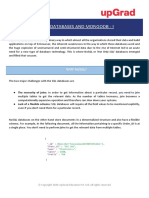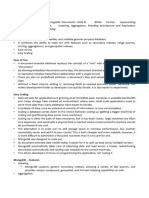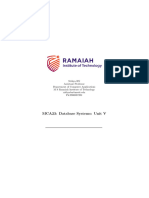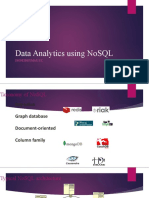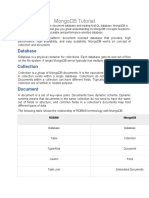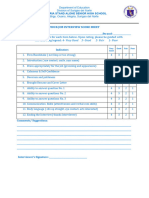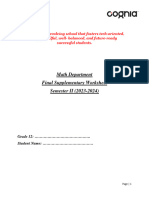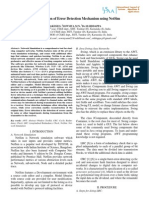0% found this document useful (0 votes)
35 views30 pagesLes10 MongoDB Part 1 Intro With NOSQL
mangodb notes
Uploaded by
khushisingh11116Copyright
© © All Rights Reserved
We take content rights seriously. If you suspect this is your content, claim it here.
Available Formats
Download as DOCX, PDF, TXT or read online on Scribd
0% found this document useful (0 votes)
35 views30 pagesLes10 MongoDB Part 1 Intro With NOSQL
mangodb notes
Uploaded by
khushisingh11116Copyright
© © All Rights Reserved
We take content rights seriously. If you suspect this is your content, claim it here.
Available Formats
Download as DOCX, PDF, TXT or read online on Scribd
/ 30























